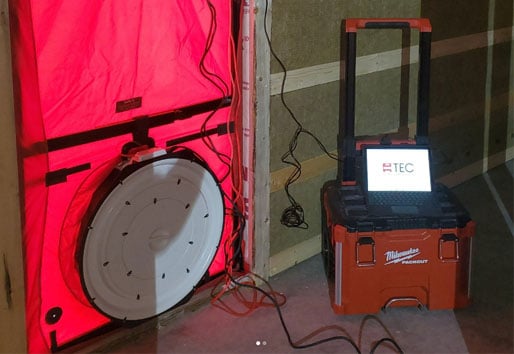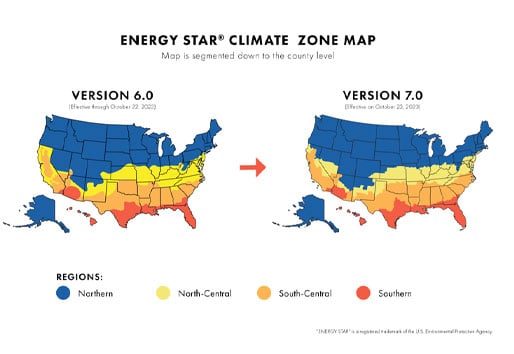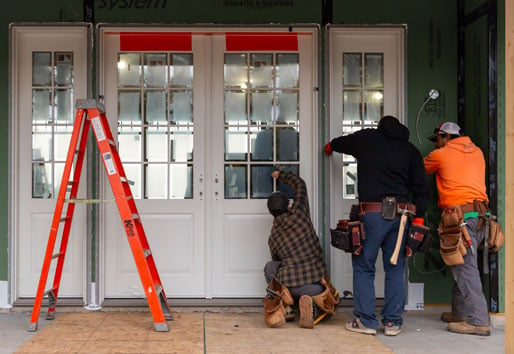By Glenn Mathewson
Building code 101: How is it made?
What’s the difference between model code and government code? What should you know about energy code? How about all those above-code, voluntary programs and the tax credits associated? Few are better equipped to answer all these questions than guest contributor Glenn Mathewson who’s been both a building pro and a building inspector.
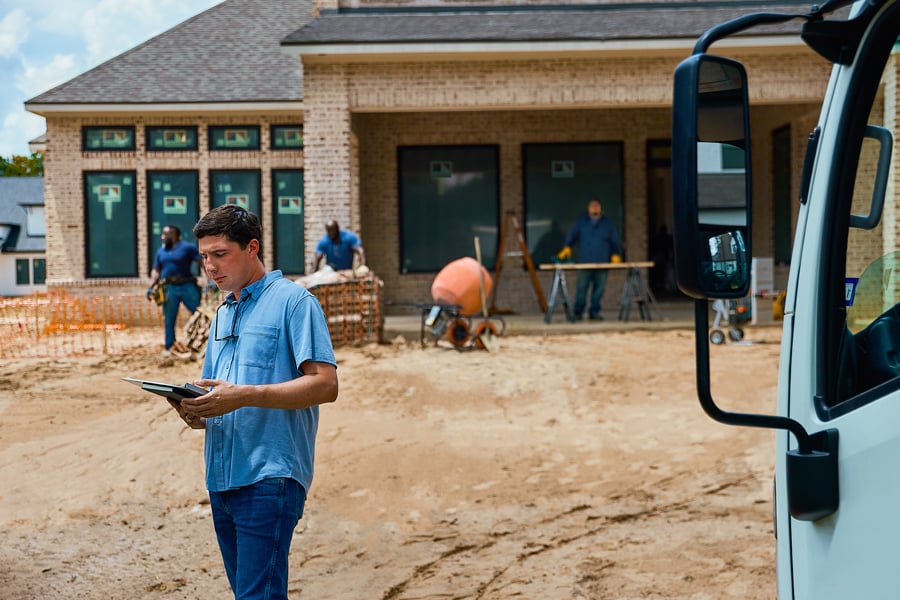
“Just do what the inspector says” is often the approach to following building code in our industry and it’s no wonder why — building codes are complex! Building code is a term that is both specific and general. Specifically, it addresses structural and architectural requirements. Generally, it encompasses the primary trade codes of plumbing, mechanical, and electrical. Energy codes also fall under the general umbrella of building codes. But under the specific purpose of enabling effective use and conservation of energy, there are an assortment of other codes, standards, programs, and certifications. Making sense of all this is a full-day event, so here’s an introduction to the subject and an invitation to learn more.
How is building code created?
The first distinction to make is between “model codes” and “government codes.” Built on the history of four legacy organizations, the International Code Council (ICC) was formed in 1994 and manages an open process for the collaboration and creation of a family of “model codes,” including the International Energy Conservation Code (IECC). These codes represent the latest and most modern expectations of the built environment and are updated and republished every three years. The result is essentially collective lobbying, as the codes are designed for adoption by state and/or local governments but carry no authority if not adopted.
Historically, the local construction authority, or the Authority Having Jurisdiction (AHJ), would implement codes for their locale. This is referred to as “home rule.” In more recent times, however, codes have started being adopted at the state government level with varying degrees of authority given to their local governments to adopt more restrictive requirements or additional codes. The cycle of state and local government code updates can vary wildly.
Progressive regions often update their codes on three-year cycles with every new model code published, but that’s the exception. More often, governments update their codes every other code edition, on a six-year cycle, and often much less frequently. They also typically amend them to fit regional or community preferences. Therefore, government codes could be outdated, modern, standard, or special — it all depends on the locale. While this is typically how the majority of adopted building codes are updated, it’s not always how adopted energy codes are updated.

When it comes to windows and doors, code can govern details like where safety glass must be used. It can also govern how energy efficient windows and doors must be. Both building codes and energy codes are set at the local level, though they’re typically based off model codes created by organizations like the International Code Council or in some cases, ENERGY STAR.
How is energy code created?
Since the original 1976 Energy Policy and Conservation Act by the Federal Government, energy codes have been well funded in research, development, adoption, and education. Many subsequent acts have renewed, redirected, and further funded this effort. Increasingly, in the last two decades, state governments have been encouraged, via federal grants, to regularly update their “government energy code” to the level of efficiency detailed in the most recent edition of the IECC model energy code published by ICC.
Because of these efforts, it’s not uncommon today for state/local governments to have adopted the most recent edition of energy code while the building codes remain outdated. Remember, the ICC’s model codes are developed over a three-year period. This essentially leaves governments lagging a few steps behind. For example, in 2025, the 2021 energy code is being adopted by many jurisdictions across the country. At the same time, the 2024 edition is just coming off the printer, and the 2027 edition hearings are already taking place. Enter … the stretch code.
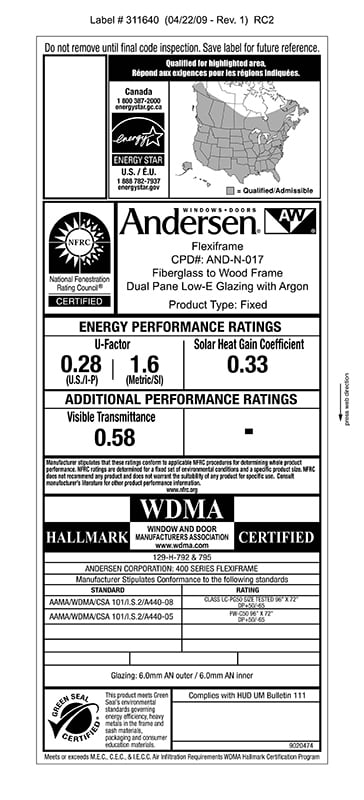
What is stretch code?
Stretch codes are a mechanism for an authority to adopt a specific edition of energy code, while including energy efficiency enhancements of the next, often unpublished, edition. It’s like adopting an updated version of the code before it’s available for adoption. This concept is unique to energy codes, because energy codes are rapidly changing in response to our society’s expectations and innovations.
What about voluntary, above-code programs?
The federal government also promotes and encourages energy efficiency directly to the consumer through programs that offer tax incentives and certifications to boost consumer confidence. The Energy Policy Act of 1992 led to the creation of ENERGY STAR® ratings for consumer products and by 1995 an ENERGY STAR rating for an entire new house. Updated under the Inflation Reduction in 2022, a $2,500 tax credit is available to builders of single-family homes. This credit can be doubled to $5,000 when the new house meets the requirements of the Zero Energy Ready Homes (ZERH) program. There are also tax credits available for energy improvements made on existing homes for a variety of ENERGY STAR certified products, from water heaters to windows.
The takeaway
Though many home builders feel at the mercy of the ever-changing and increasingly stringent energy codes, government codes, and stretch codes, in many ways that’s a choice. A choice to be pulled by the movement of energy efficiency, rather than take a hold of it and lead it for yourself and your client. Understanding the modern energy code and how it is adopted and adapted into your state and/or local government code reveals the many designs, products, and building envelope assemblies that codes support and allow. Knowing these choices not only , offers you confidence to explore ENERGY STAR certified products and programs that can provide your client confidence in the performance of their new home, but also offers you direct financial incentive when April 15th comes around again.
Meet Glenn
Glenn was a tradesman in the late 1990s before becoming a city building inspector in 2005. During that time, he was teaching, writing, and consulting in codes on the side, and it became his full-time work in 2018. He has published over 100 technical articles, including his current column in Fine Homebuilding Magazine. He is an educational book author for ICC and an author for the popular CodeCheck publications. He teaches building codes across the country and online through his website, BuildingCodeCollege.com. Glenn was awarded ICC Educator of the year in 2021. He assists local Colorado governments in updating their adopted codes, as well as a variety of other educational consulting.

More to explore
